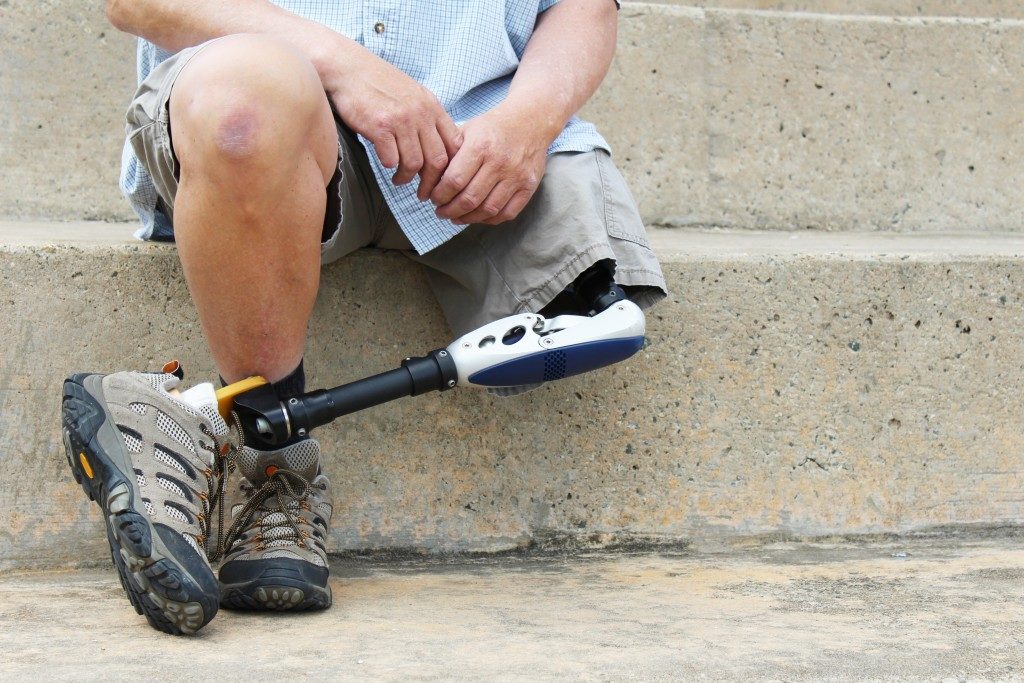In 1990, the Americans with Disabilities Act (ADA) was legalized to forbid people from discriminating against persons with disabilities in public and at work. ADA was amended by the U.S. Department of Justice in 2010, naming the Internet as a public space. This all means that as a business owner, you have to comply with the law’s provisions on providing a workplace that’s easily accessible to disabled persons.
Compliance to ADA’s requirements is not just about following the government’s orders. It means that your employees and clients are essential to you and your company. Here are a few basic facts about ADA compliance:
Wayfinding
In Texas and everywhere else in the country, companies are required to provide wayfinding tools in the workplace. In Houston, a good example is an interior sign that indicates the different areas in your office. Interior signs are also subject to ADA requirements. Follow the design instructions provided on the ADA website.
Other wayfinding tools include maps, room signs, directional arrows, visual cues, voice instructions, and digital signs. Wayfinding tools should help persons with disabilities to navigate your office or building quickly.
Desks and Tables
Desks and tables in your workplace should be able to accommodate people in wheelchairs without hurting their knees. ADA requires a height of 27 inches for desks and tables. The best way to comply with this requirement is to furnish your office with adjustable tables.
The height of adjustable tables can be changed according to the standing or sitting orientation of your employees or customers. Whether a person is on crutches or in a wheelchair, the adjustable table can accommodate them.
Hallways
If you have carpets installed in your hallways, they should also be compliant with ADA. They feel and look great if they’re thick enough, but the law requires offices to use securely fastened low pile carpets because they work well with mobility scooters and wheelchairs. Low-pile carpets must maintain a ½ inch height. Otherwise, mobility devices won’t work correctly on them.
Doors

Wide doors are often seen in hospitals, but ADA requires offices and public buildings to have doors that are at least 32 inches wide to accommodate people in wheelchairs and mobility scooters.
Heavy doors are also in violation of the law. Disabled persons shouldn’t have a hard time opening doors. As such, doors that are 5 lbs are not allowed. In cases that the weight of doors are more than what’s required, buildings should provide conveniently located buttons near the heavy door to open and close it.
Bathroom doors are also not allowed to exceed the five-pound limit. They should be light and swing both ways to enable disabled persons to walk through comfortably.
Who Needs to Comply?
Small businesses, facilities in buildings built before the early 90s, companies with fewer than 14 staff, and businesses operating for less than six months are not required to comply with ADA. You might be liable if your company grows and require more working space. You will need to build or find an ADA compliant facility.
For this reason, it’s never too early to plan how you will make your workplace accessible to disabled persons. It might even help you cut costs if you start planning.



